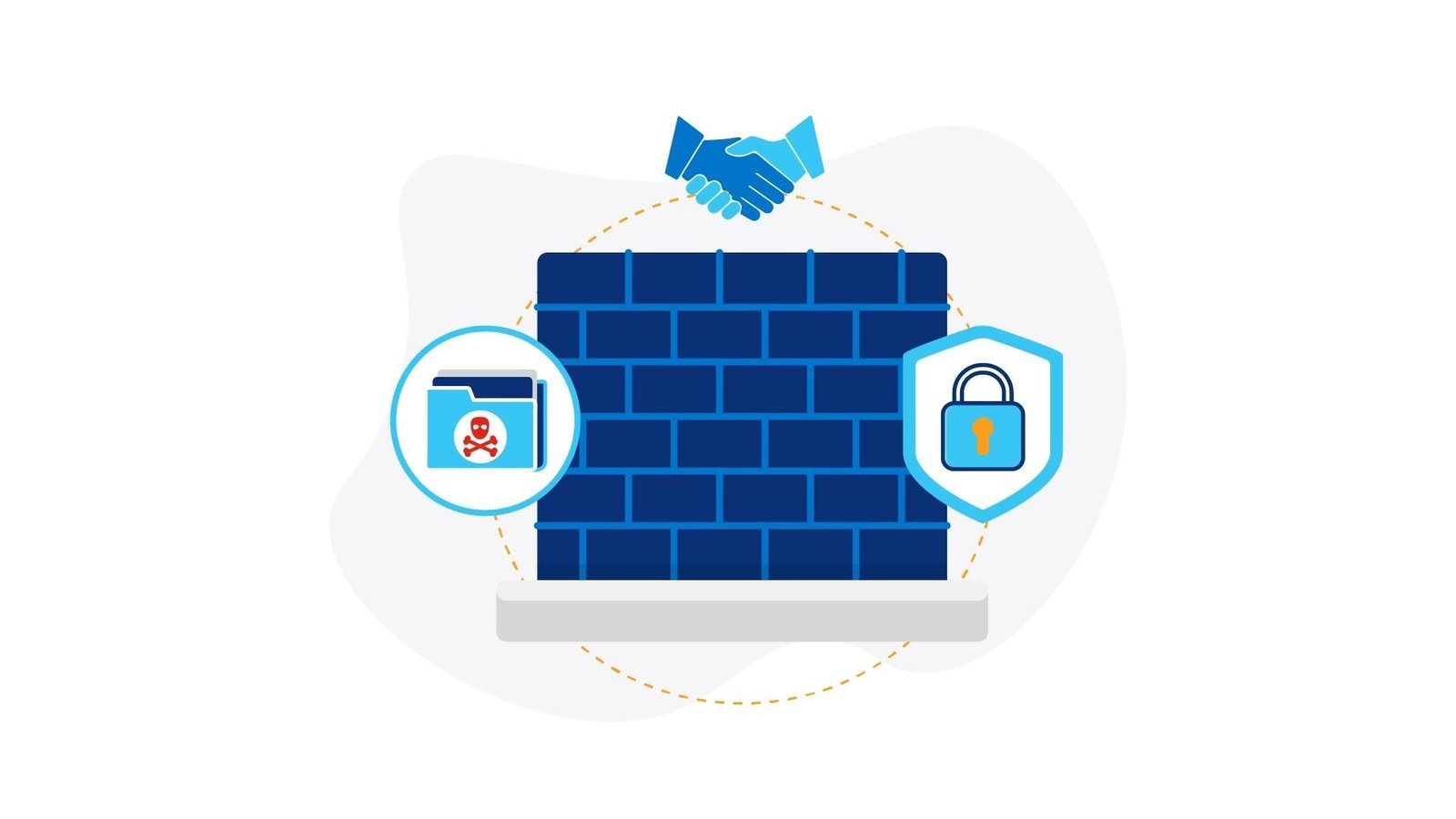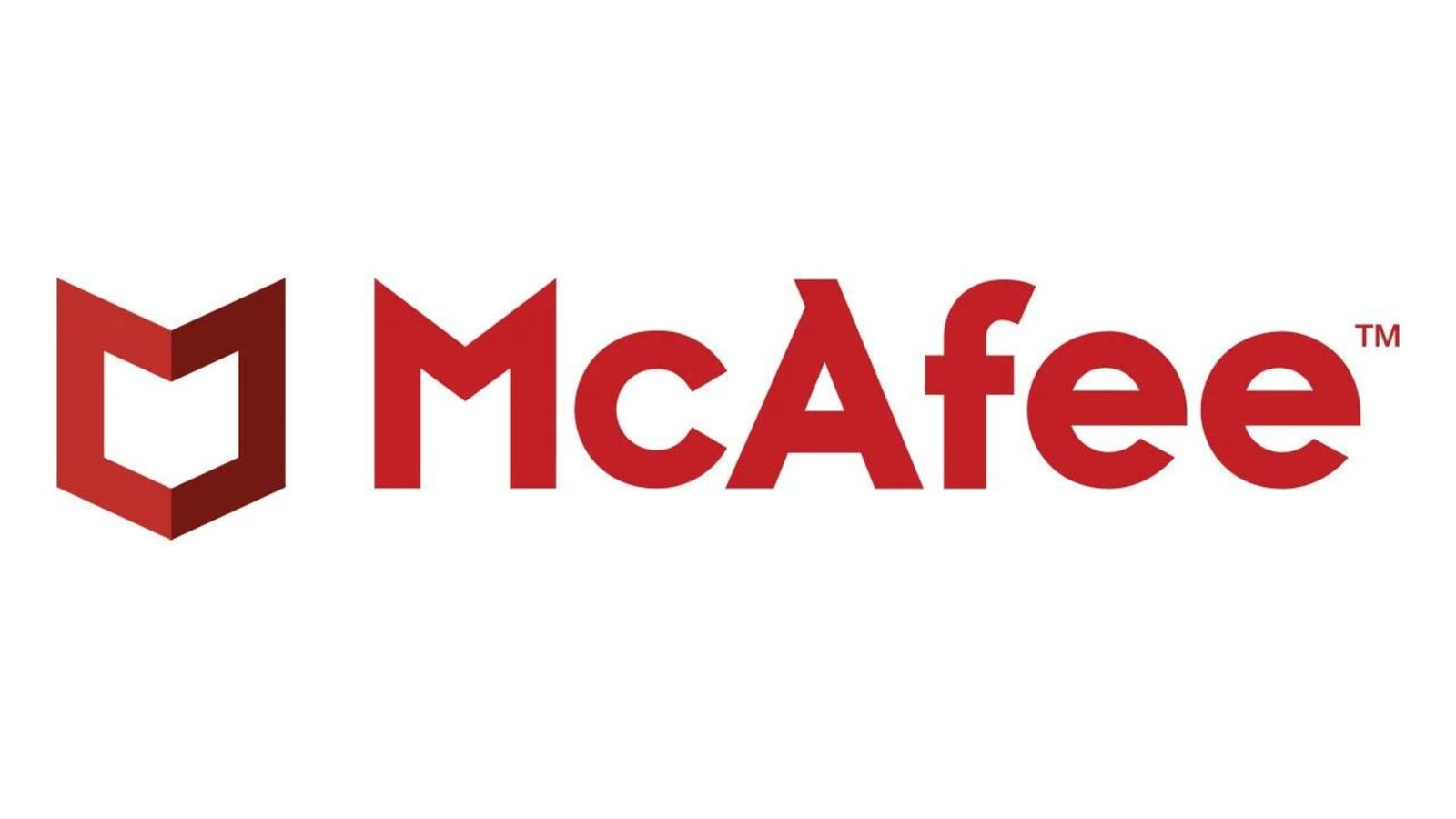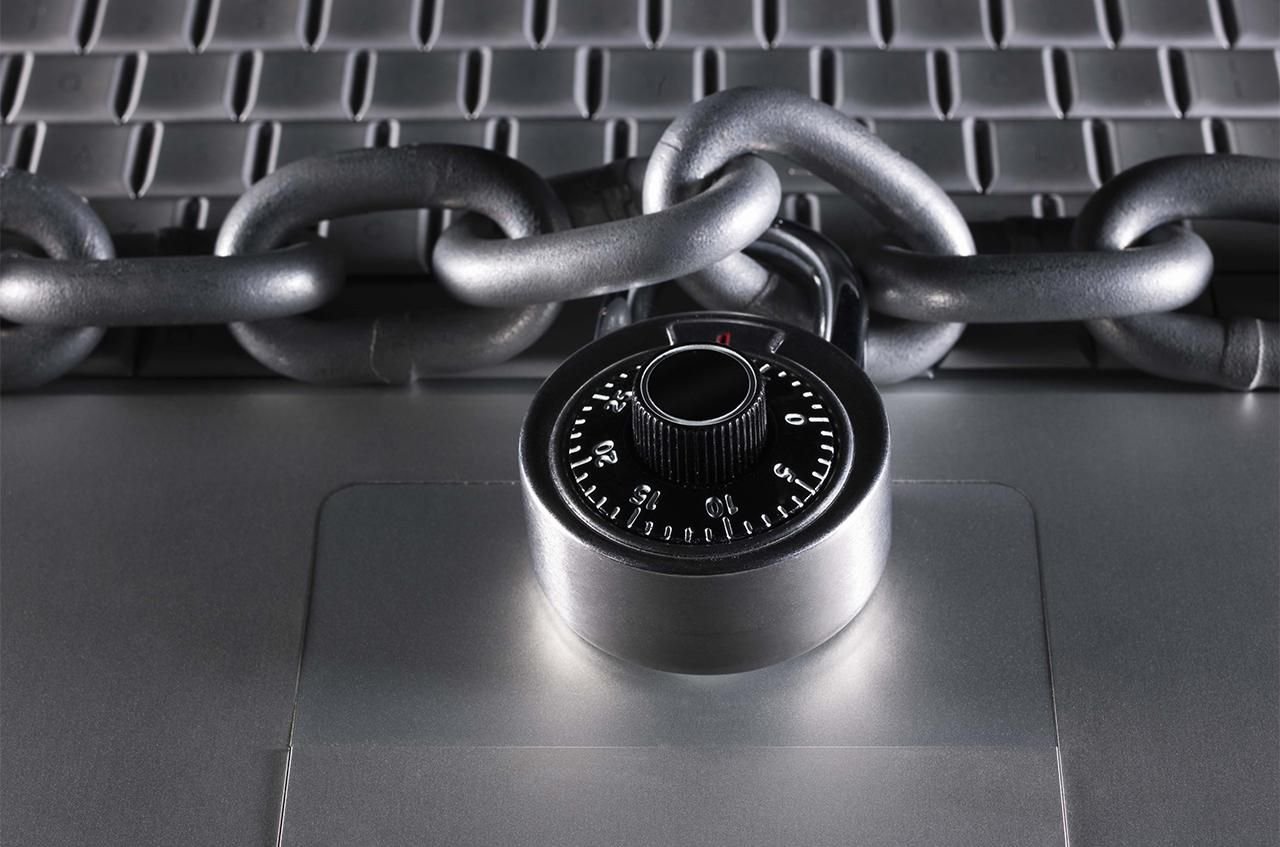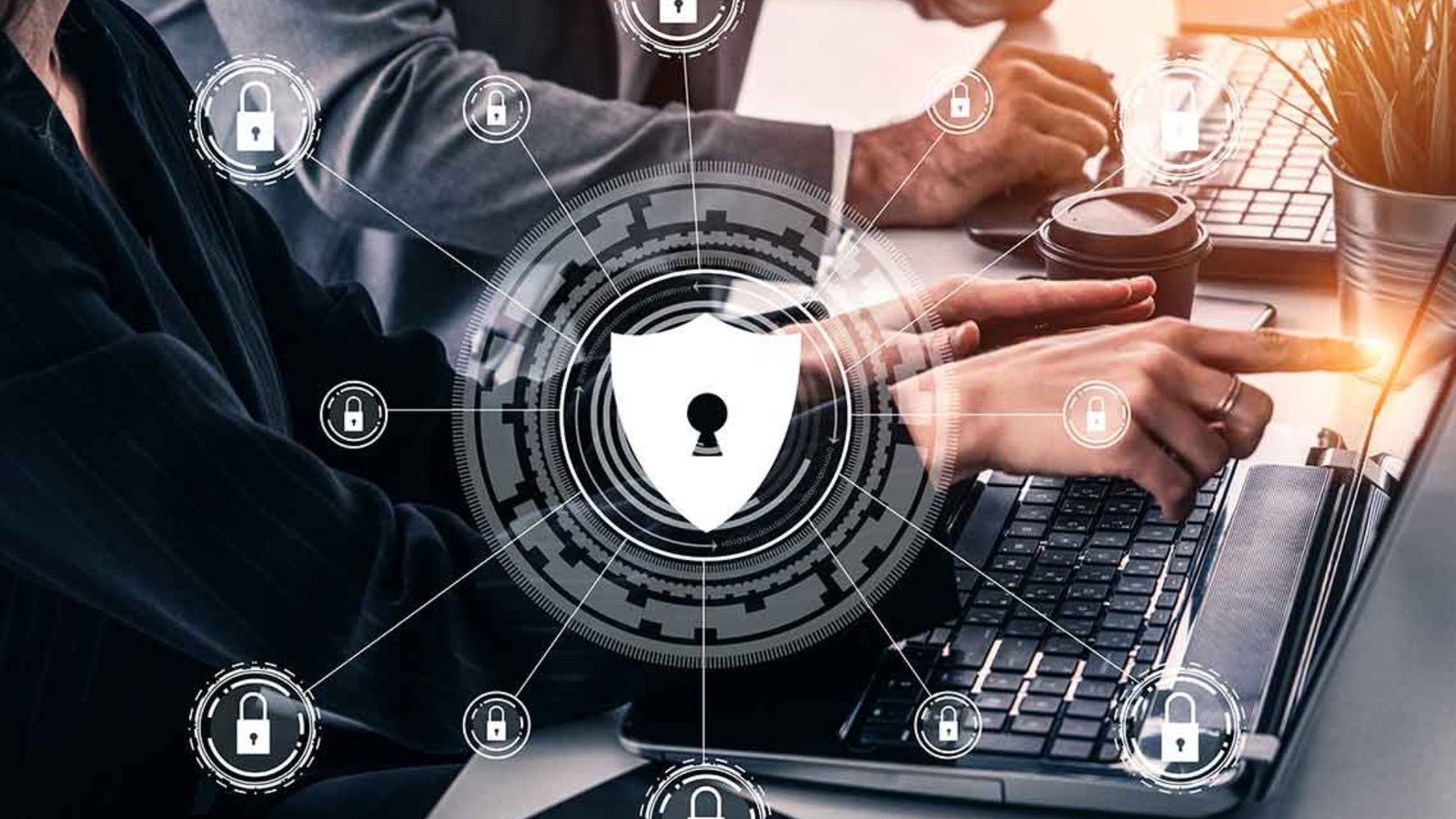When it comes to ensuring robust network security, integrating a firewall with other security measures is essential. A firewall alone is not enough to protect your system from all potential threats. By combining your firewall with additional security tools and practices, you can create a comprehensive defense strategy. In this article, we’ll walk you through how to effectively integrate your firewall with other security measures to enhance your overall security posture.
Why Integrate Your Firewall with Other Security Measures?
The importance of integrating a firewall with other security measures lies in creating multiple layers of defense. A firewall filters incoming and outgoing traffic based on predefined rules. However, it may not detect all types of attacks or vulnerabilities. By integrating other security measures, you address potential gaps and strengthen your overall protection. This layered approach helps safeguard against various threats and provides a more resilient security framework.

1. Combine Firewall with Antivirus Software
One key aspect of integrating a firewall with other security measures is using antivirus software. While firewalls control network traffic, antivirus programs detect and remove malware from your system. Combining these tools ensures that you not only block malicious traffic but also protect your system from harmful files and applications. This integration helps create a more comprehensive defense against threats.
2. Use Intrusion Detection and Prevention Systems (IDPS)
Integrating an Intrusion Detection and Prevention System (IDPS) with your firewall enhances your security setup. An IDPS monitors network traffic for suspicious activities and potential threats. It can identify and respond to attacks that a firewall might miss. By adding an IDPS to your security strategy, you improve your ability to detect and prevent intrusions, providing an extra layer of protection.
3. Implement Secure Access Controls
Another important practice in integrating a firewall with other security measures is implementing secure access controls. Access controls regulate who can access your network and what resources they can use. Combining these controls with your firewall helps ensure that only authorized users can access sensitive information and resources. This integration reduces the risk of unauthorized access and enhances overall network security.
4. Regularly Update All Security Tools
Keeping all your security tools up-to-date is crucial for effective integration. This includes your firewall, antivirus software, IDPS, and any other security measures you use. Updates often include patches and improvements that address newly discovered vulnerabilities. Regular updates help ensure that your security tools remain effective against emerging threats, making your integrated security setup more robust.
5. Utilize Encryption for Data Protection
Encryption is a valuable addition to your security measures. By encrypting data both in transit and at rest, you protect it from unauthorized access even if it is intercepted. Integrating encryption with your firewall helps secure sensitive information and adds an extra layer of protection. This practice ensures that your data remains confidential and protected from potential breaches.
6. Conduct Regular Security Audits
Regular security audits are essential for maintaining an effective integrated security strategy. During an audit, you assess the performance of your firewall and other security measures. This process helps identify any weaknesses or areas for improvement. By conducting audits, you ensure that your integrated security setup continues to meet your needs and adapt to new threats.
7. Educate Your Team on Security Practices
Education is a critical component of integrating a firewall with other security measures. Ensure that your team understands the importance of each security tool and how to use them effectively. Regular training helps staff recognize potential threats and respond appropriately. Educated users are less likely to make mistakes that could compromise security, making your integrated approach more effective.
8. Set Up Centralized Management
Centralized management allows you to oversee and control all your security measures from a single platform. This integration simplifies the management of your firewall, antivirus software, IDPS, and other tools. Centralized management improves efficiency and helps ensure that all components of your security setup work together seamlessly. It also facilitates easier updates and monitoring.
Firewalls and Responsible Online Recreation
At BSD Vault, we believe that digital freedom should never come at the cost of digital security. While it’s perfectly normal to unwind with online games or explore offers like the
crazyvegas casino bonus, users must remain vigilant. Always verify the legitimacy of websites, avoid downloading unverified software, and make sure your firewall is configured to monitor outgoing and incoming traffic for suspicious activity.
Conclusion
Integrating a firewall with other security measures is crucial for a robust defense strategy. By combining your firewall with antivirus software, IDPS, secure access controls, and encryption, you create a multi-layered security approach. Regular updates, audits, and staff education further enhance your setup. Centralized management, active monitoring, and a solid incident response plan ensure that your integrated security measures work together effectively. Following these practices helps protect your network from various threats and strengthens your overall security posture.










